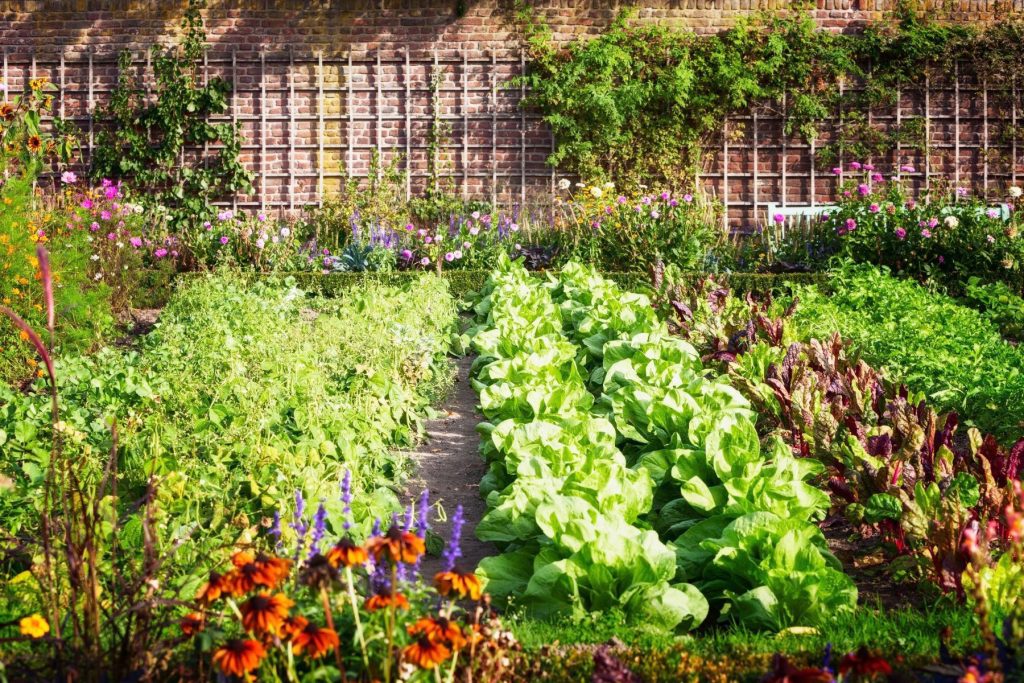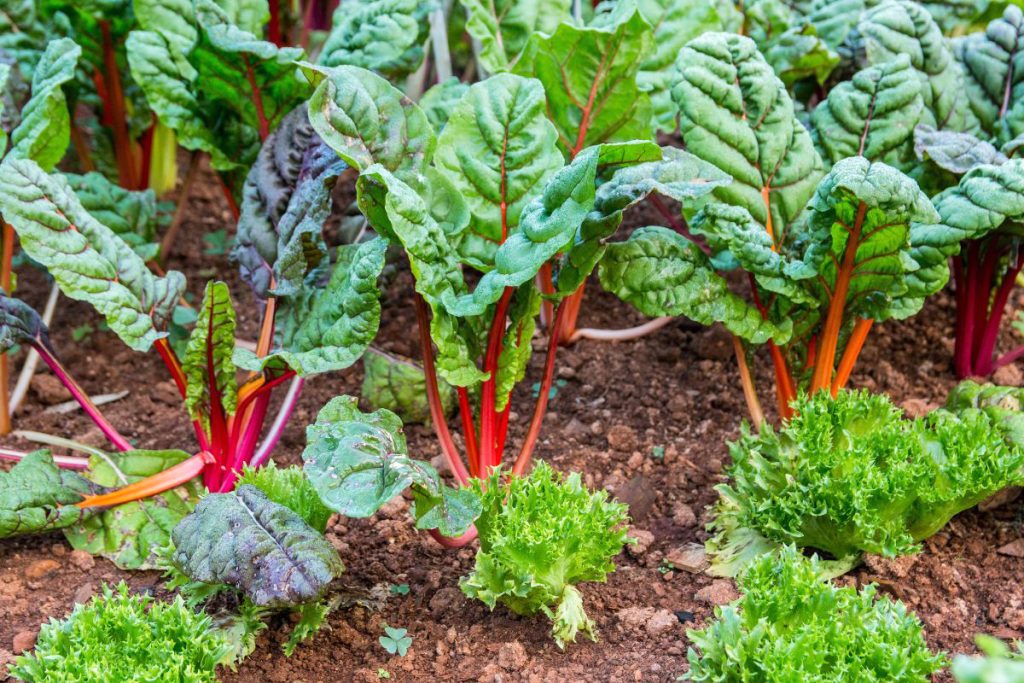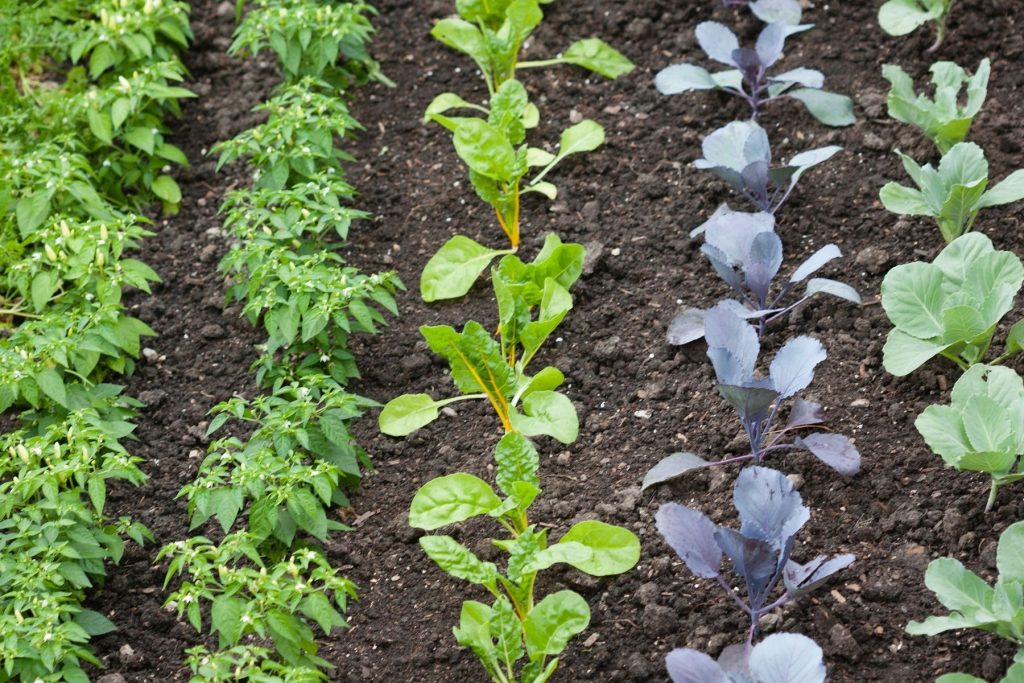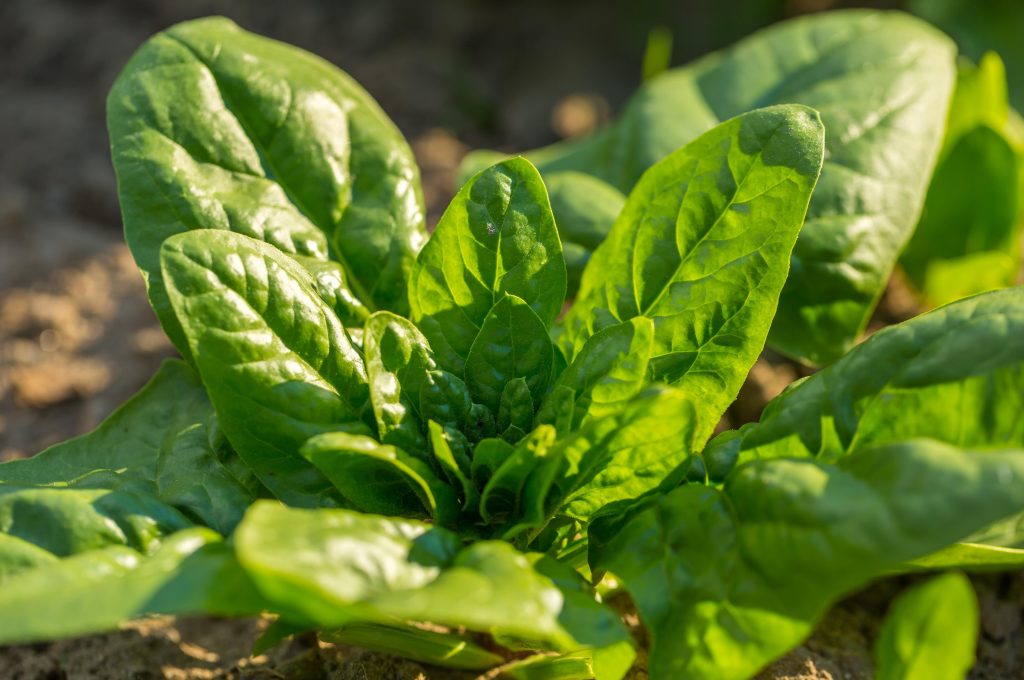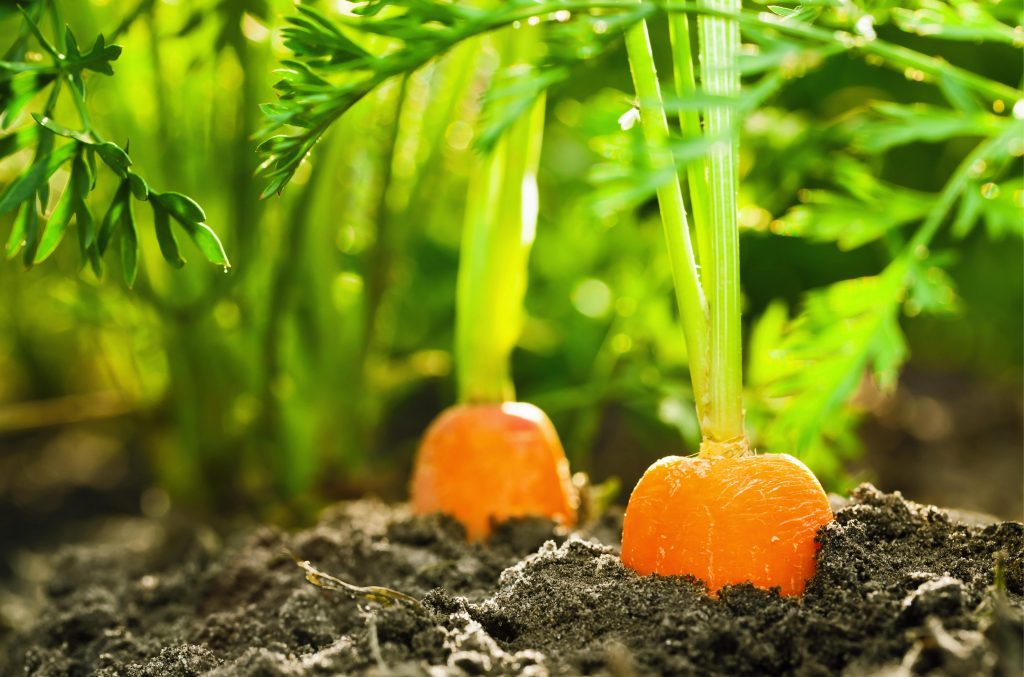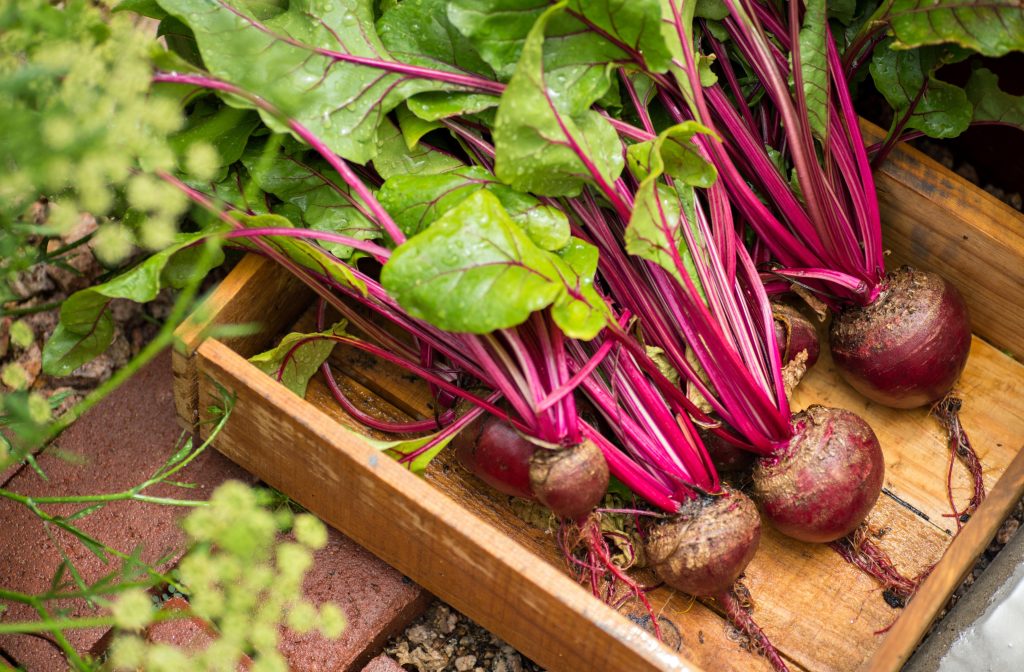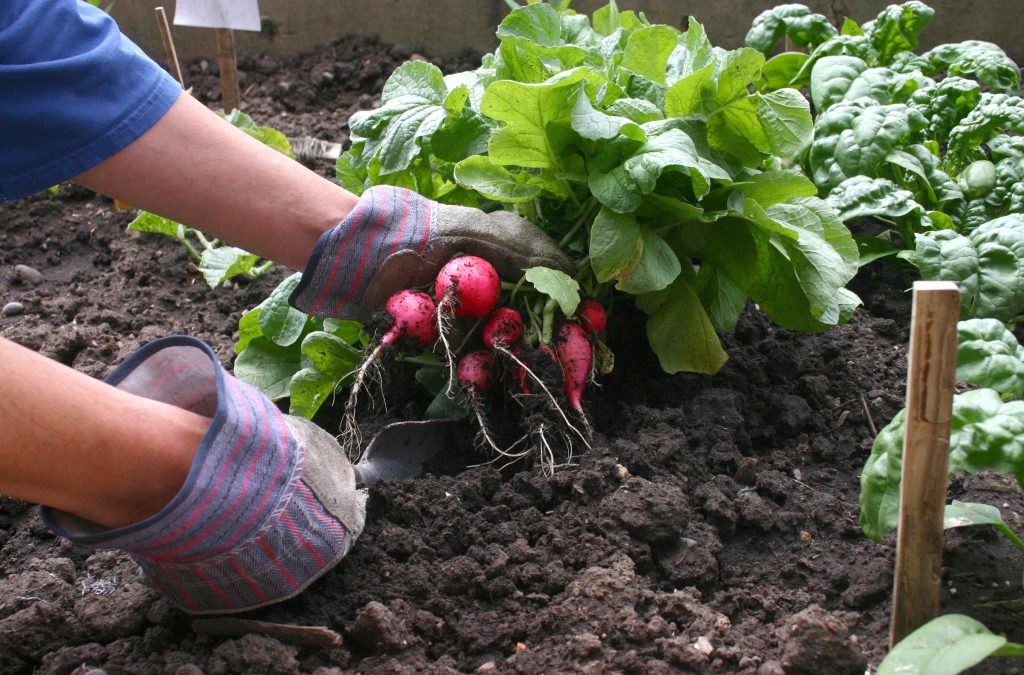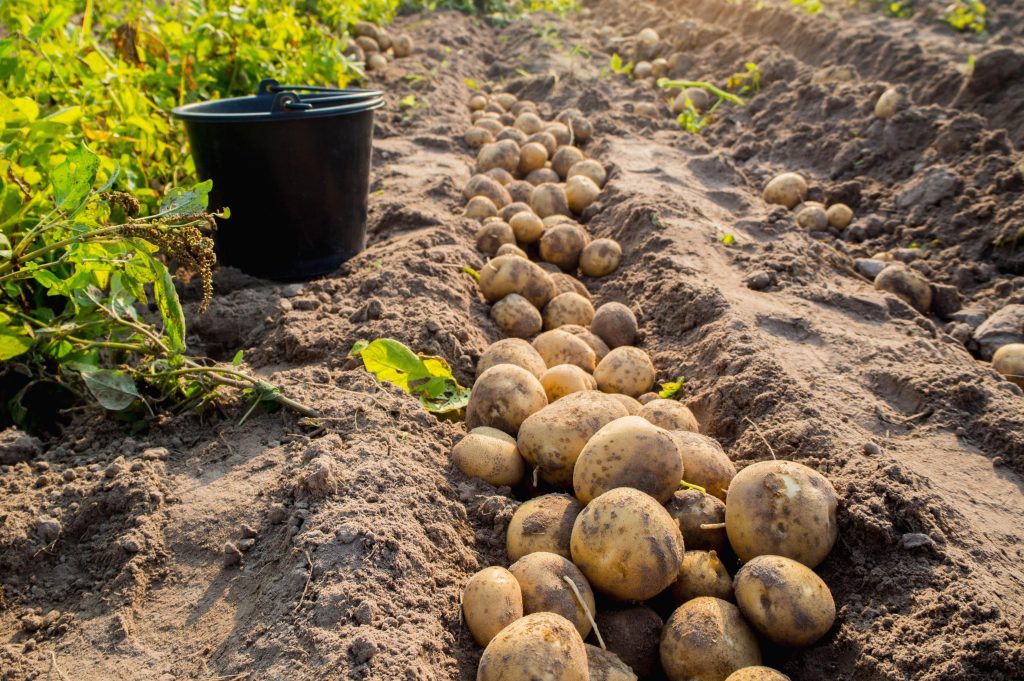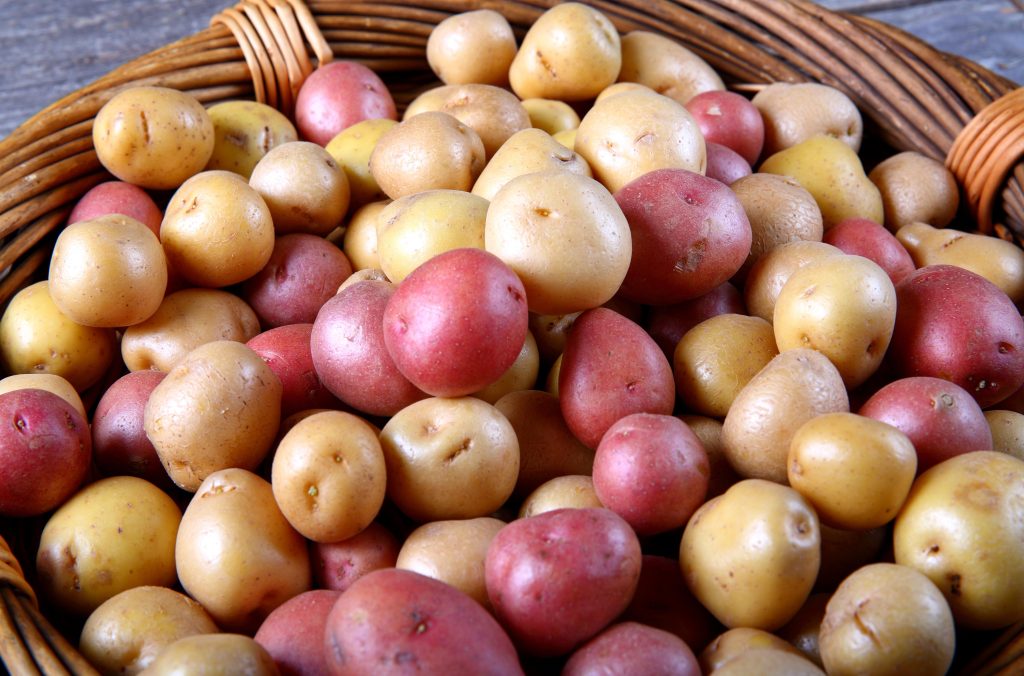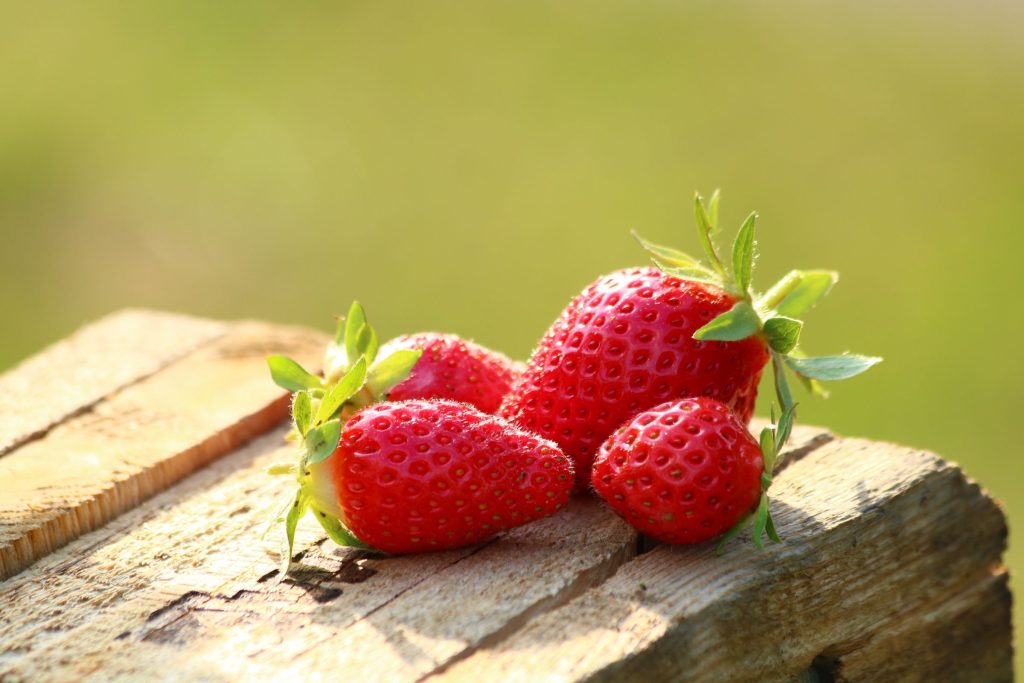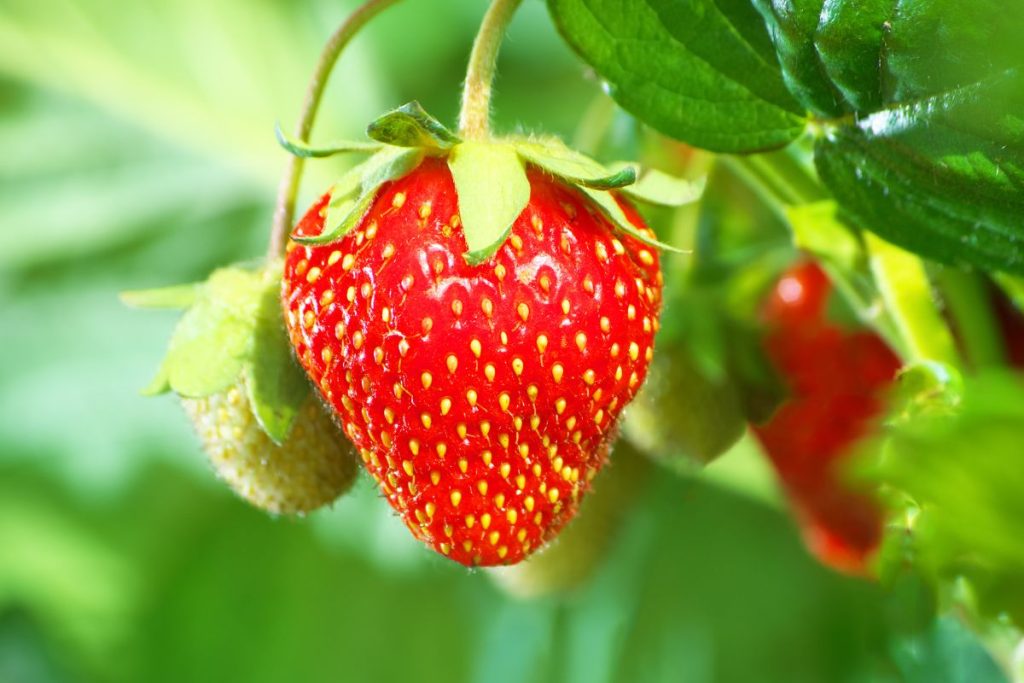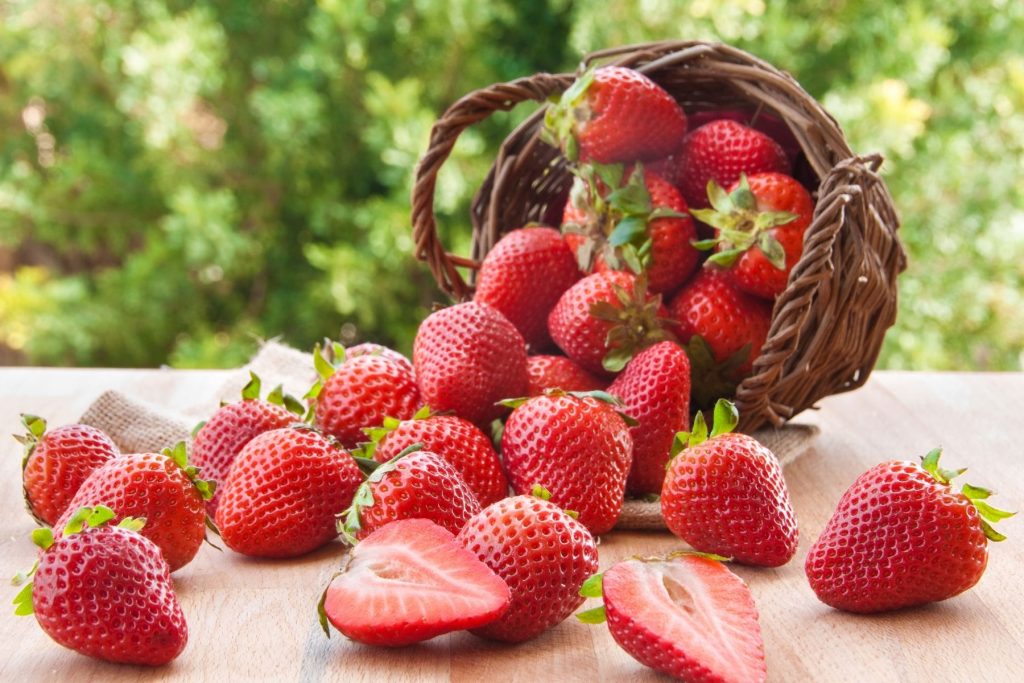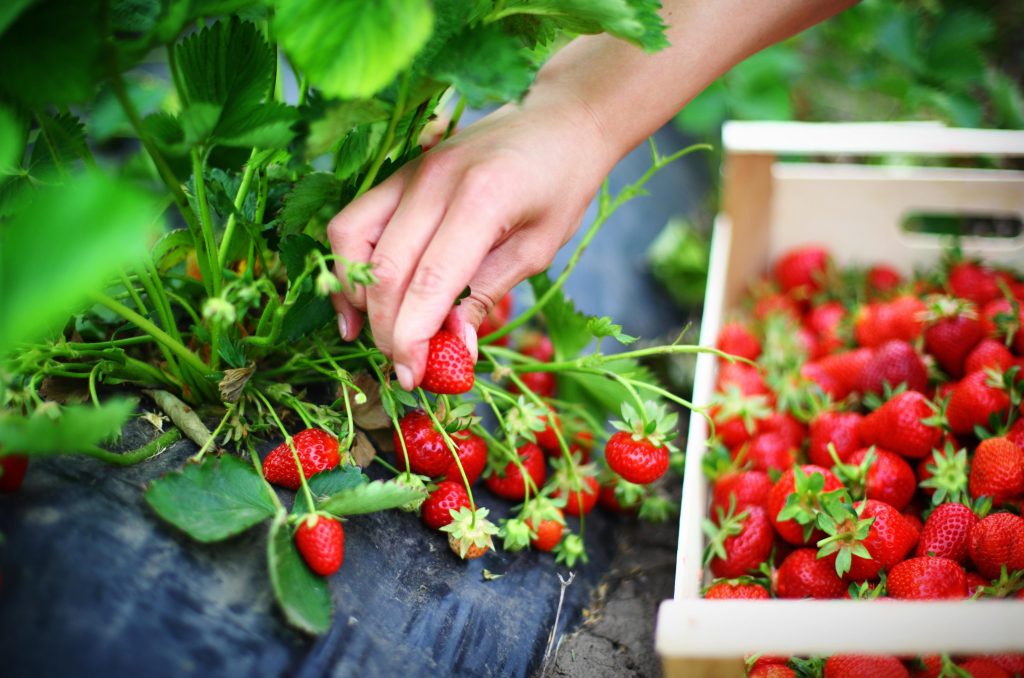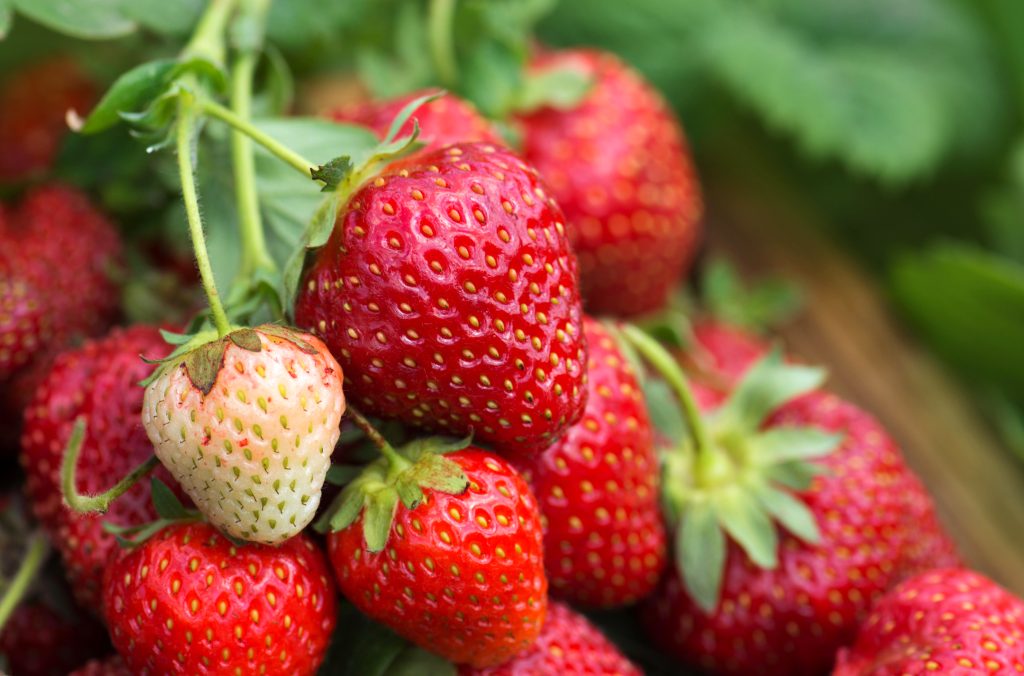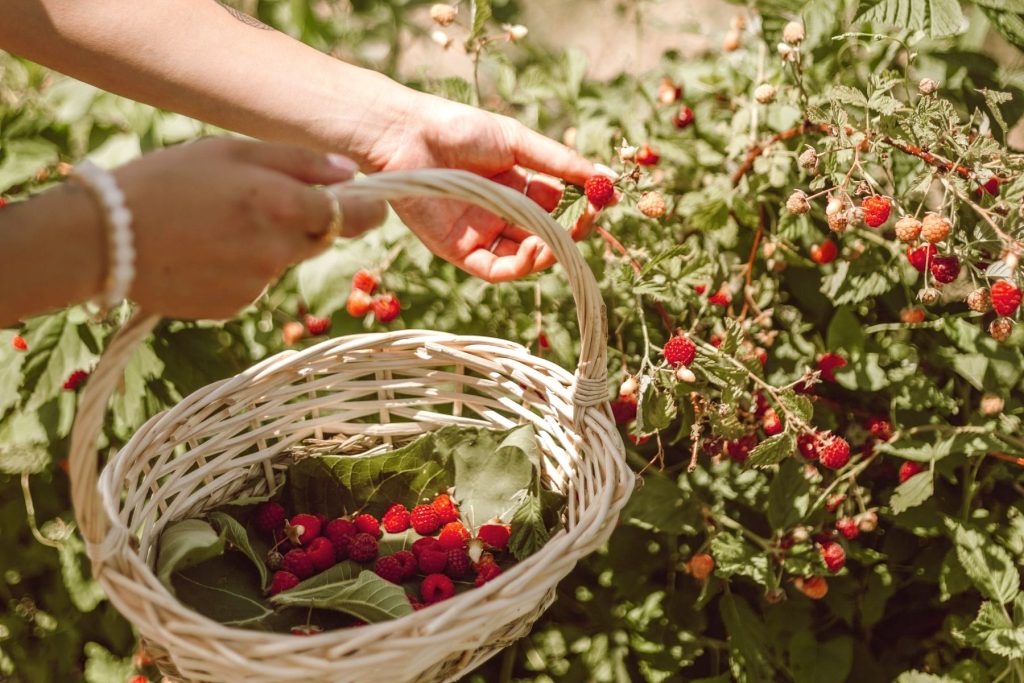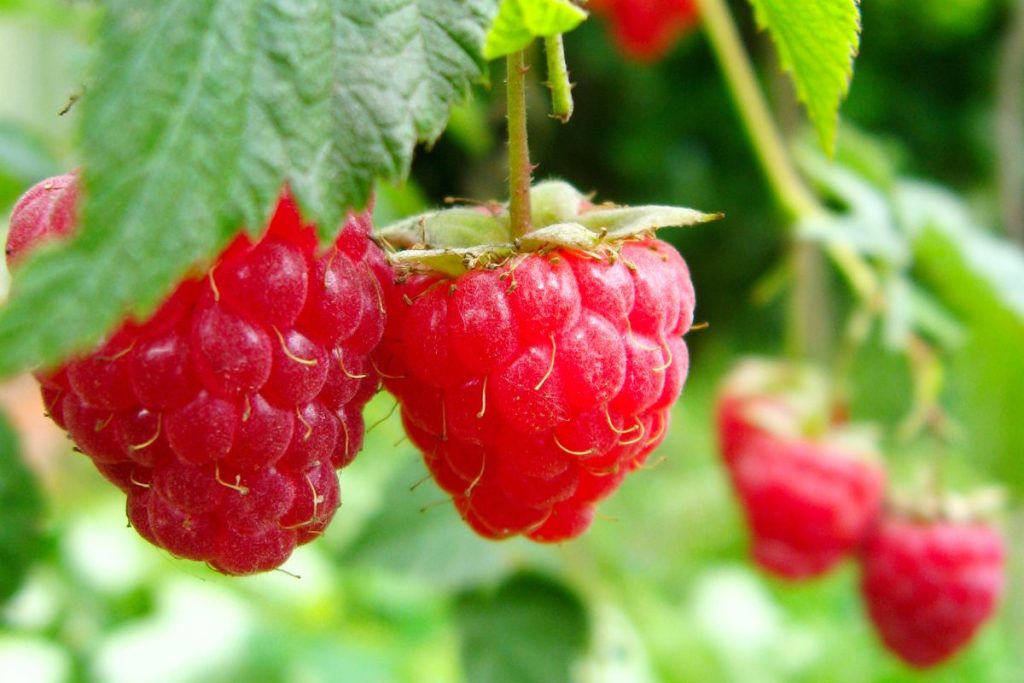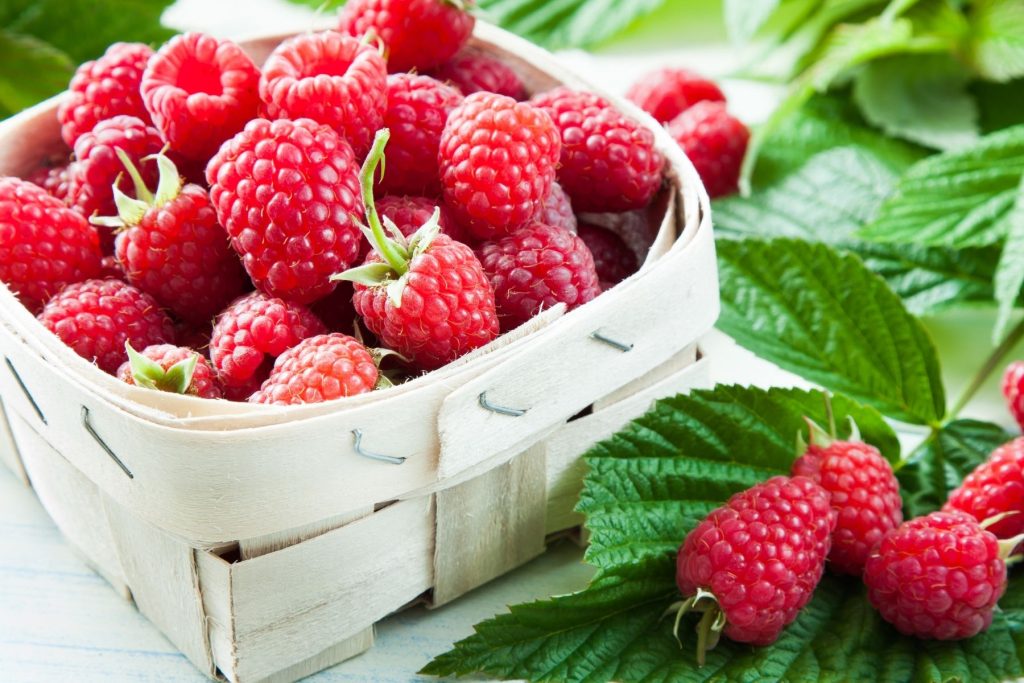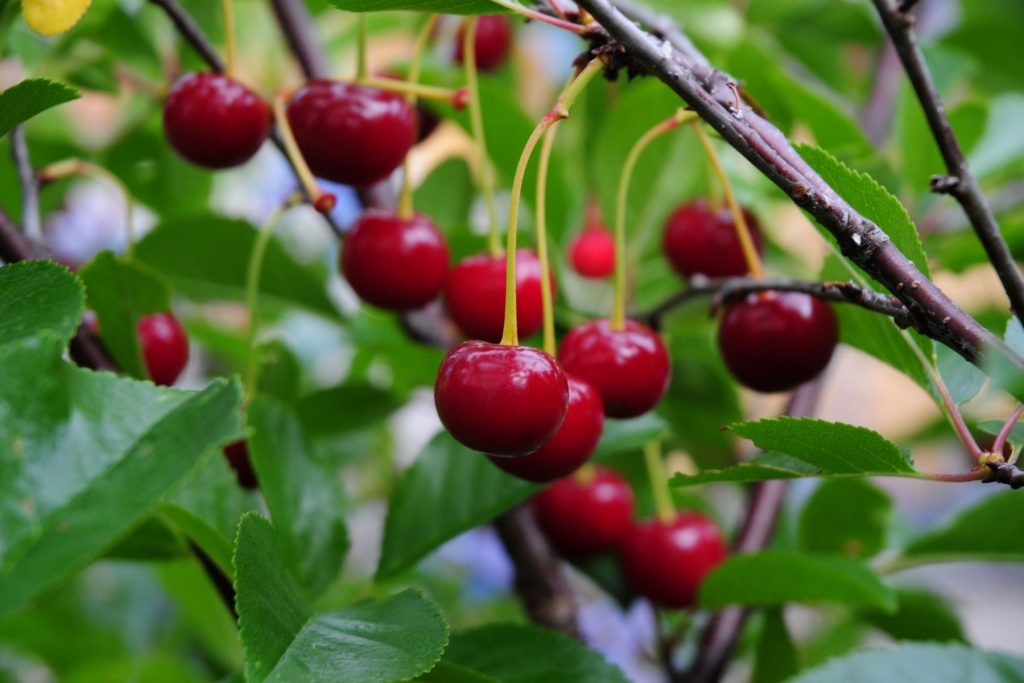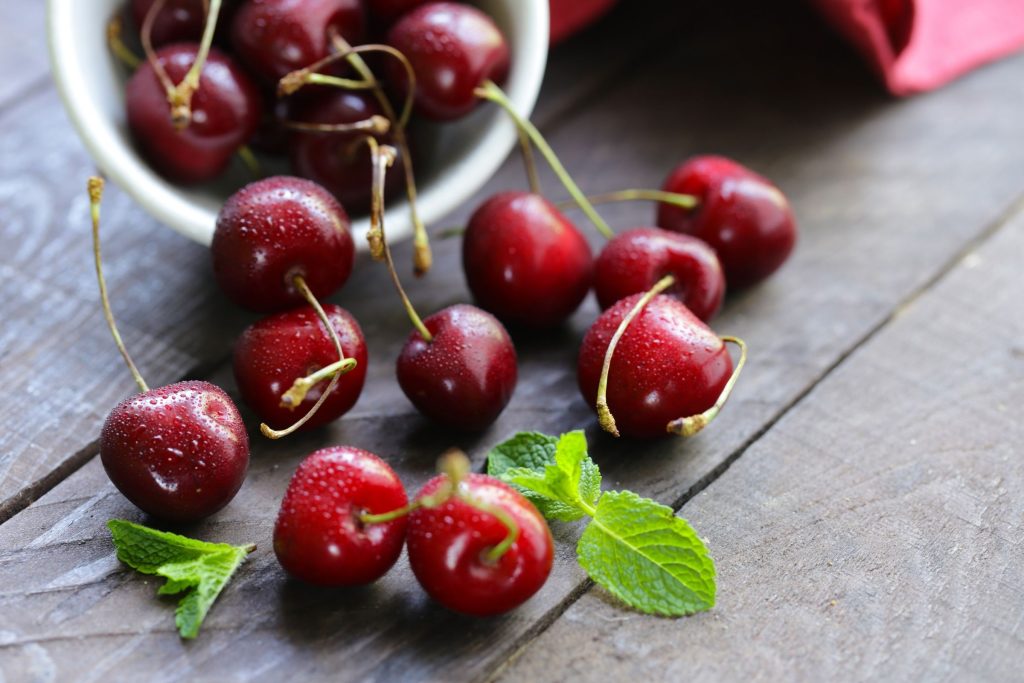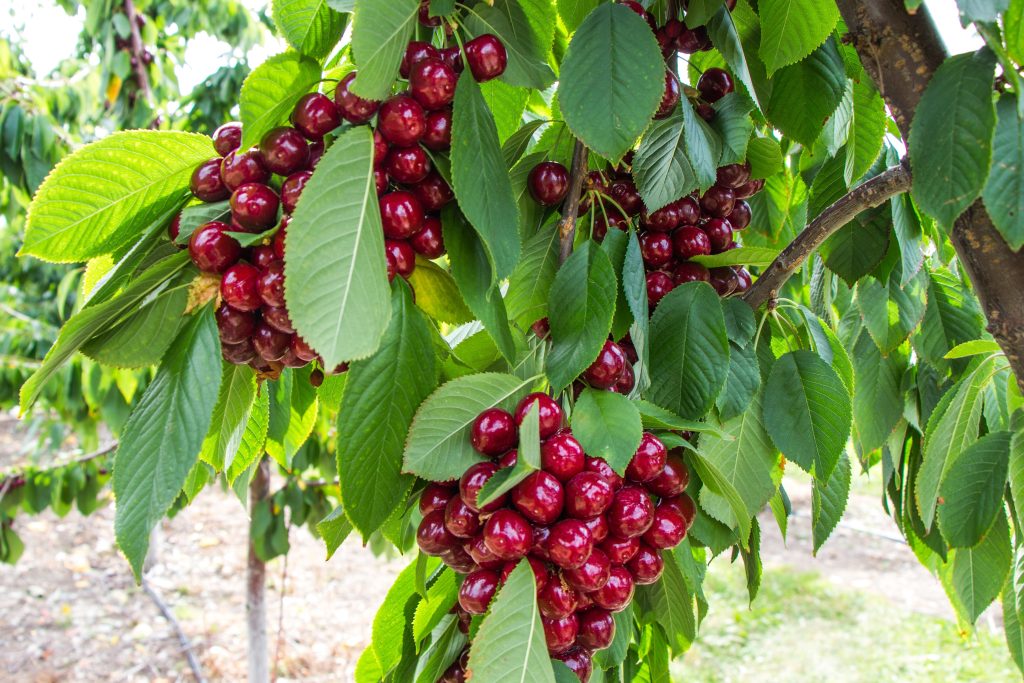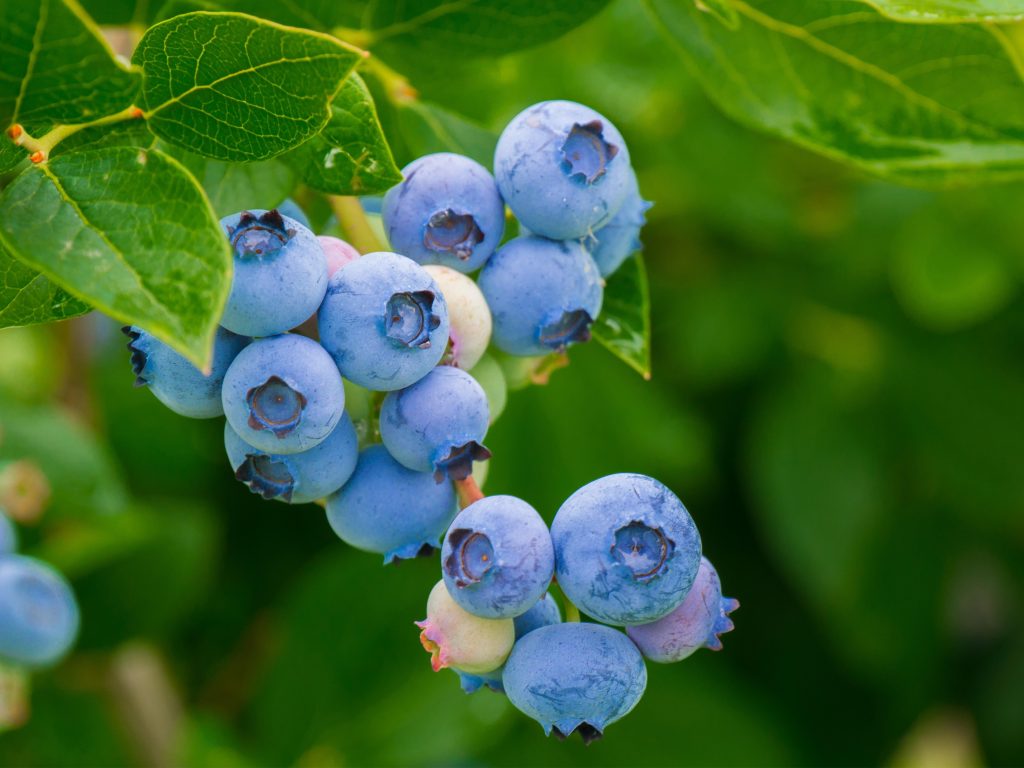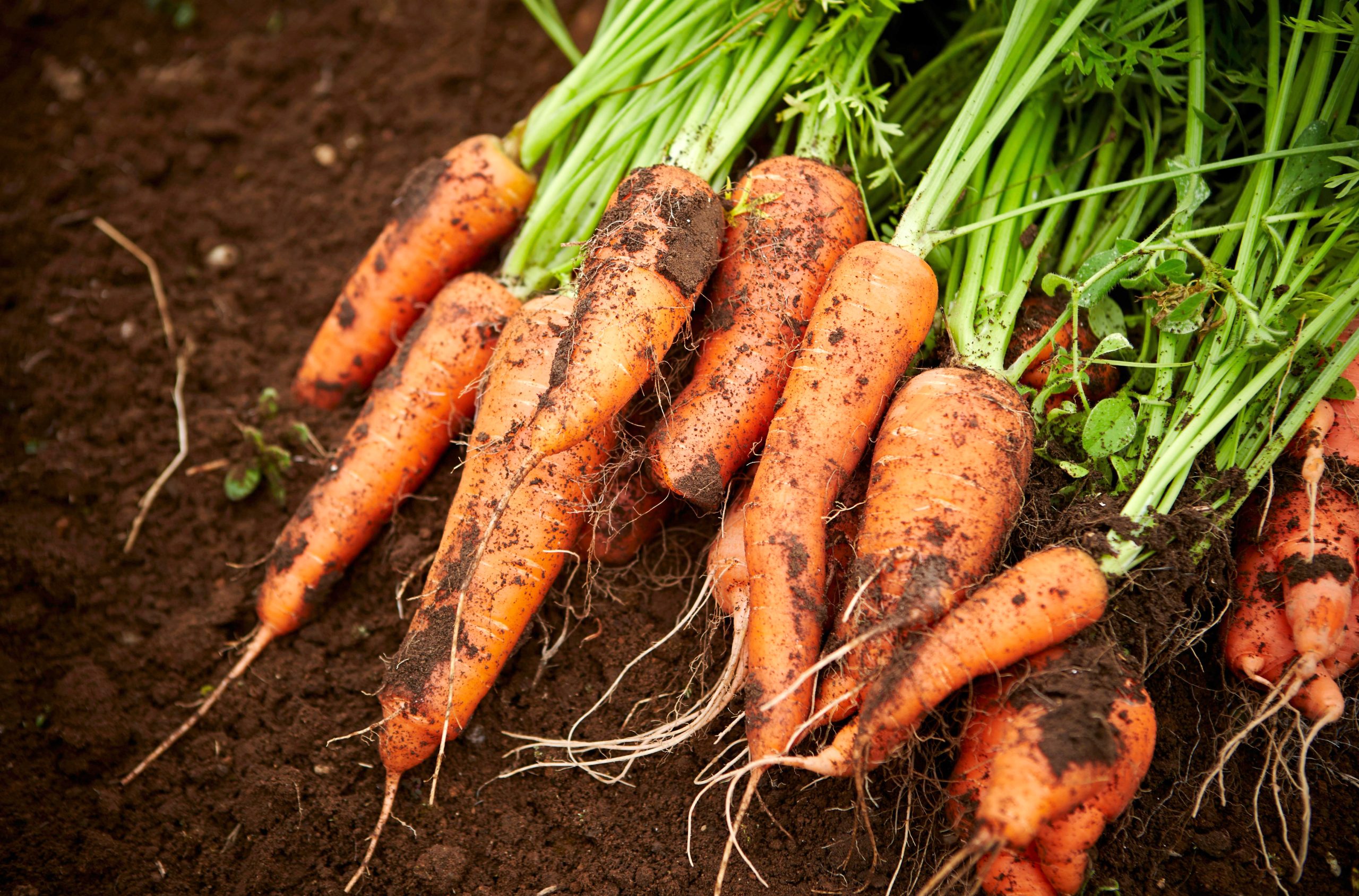
The Ultimate Guide to Succession Planting
Having your very own vegetable and fruit garden is so rewarding. There is nothing better than fresh produce that you grew yourself – it tastes so good! One of the best ways to maximize your space and enjoy as much fresh food as possible is by succession planting. By staggering your different crops, you can take the advantage of a continual supply by using the harvesting seasons to their fullest! Succession planting your vegetable garden does require some extra thought, planning, and planting more seeds, but it is worth the effort! The planning process can be fun! You can pick what you want to plant at certain times, decide on your favourite crops, and select varieties to try at different times of the season.
Table of Contents
Stagger-Planting
There are various methods of succession planting you can try. First is stagger-planting of the same plant. This method involves planting the same variety of arugula, for example, every couple of weeks during the season, so you can have a continual harvest.
Crop Rotation
Another way of succession planting is by crop rotation which is planting different plants in the same space. Essentially once one crop has finished and harvested, you plant a different variety in its place. This way the garden space is always actively growing from late spring through fall. By utilizing the space multiple times, you can have a diversified harvest and fresh greens in the garden all season long. Carefully look at the info on the harvest times for your veggies and plan to plant seeds accordingly. For example, start with radishes, which can be sown directly in the ground in the early spring, and follow that with a crop of beets! Or start with some spinach and then plant some leaf lettuce followed up with some carrots for late-season harvest.
Planting Early, Mid and Late Varieties
If you have more garden space, you can try planting different varieties that are harvested at different times of the season. For example, you can plant early, mid, and late potato varieties so that you can harvest different types of potatoes at different times of the summer. This is a great method if you have a lot of space in your garden and can care for many plants at the same time. With this method, you don’t have to choose only one variety, but rather all of them! Plus, you can benefit from harvests throughout the entire season, trying new types of vegetables throughout!
Fruit to Harvest All Summer Long
These types of succession planting work well with vegetables in the garden, but there are also many types of fruits that you can grow to last you throughout the summer months.
Strawberries
A familiar favourite that everyone loves is strawberries. There are so many varieties, and it is a simple fruit to grow. You may have seen in the garden centres both June bearing and Everbearing strawberries and wondered which one to choose. Well, June bearing strawberries, as you may have guessed, fruit with the main crop in the month of June. They produce large berries, and the main harvest period is about 3 weeks long, with a few berries through summer. Plus, each year they grow bigger and produce more berries. Our favourite June-bearing strawberries are All Star and Eclair. Everbearing, on the other hand, produces lots of berries from summer through fall. These strawberries are ideal for containers and growing in hanging baskets. So, if you’re looking for strawberries to enjoy throughout the summer months, try everbearing varieties like Eversweet, Ozark Beauty, or Hecker.
Raspberries
Another must-have for a long harvest is raspberries. One of our favourite varieties is Heritage. It has great flavour and large berry size. These raspberries can be harvested in late July, and again a heavier harvest in September until frost! This easy-to-grow, delicious berry is great for snacking, jams, or freezing.
Cherries
Cherries are a great addition to your edible garden, and this year we’ve been loving the dwarf self-pollinating ‘Romance Series’ which includes Juliet, Romeo, Valentine and Cupid. Each variety offers something different, so you’re sure to find what you’re looking for. These cherry trees grow from 5-8’ and once established they produce tasty large berries with a full flavour of the larger growing varieties. They are perfect for cooking and baking, especially cherry pie! Once planted you should begin to see fruit in three years, and at full maturity, around five years, you can harvest up to 15 kg of cherries! Enjoy bundles of cherries throughout the summer months!
Blueberries
Lastly to add to your abundant edible garden is the classic, but delicious blueberry bush! Blueberries are so great for snacking, baking, smoothies, and jams. They’re so versatile, and the popular variety Duke produces many berries earlier on in the season and continues through the summer months. Duke is one of our favourite varieties because it does so well in colder climates, which many of us Canadians live in. Duke has little white and pink flowers that transform into large, firm berries bursting with flavour. Duke blueberries bear fruit one year after you’ve planted them, so you don’t have to wait very long before you’ll enjoy fresh berries! Worried you’ll have too many blueberries? No need to worry because Duke blueberries are great for canning and freezing! Want to try something different? Try dried blueberries by using a food dehydrator. Duke is one of the best blueberries. It’s so versatile and bears so many berries that can be used for so many things!
Berry Harvesting Chart
There are so many ways to maximize your garden and enjoy fresh fruit and vegetables throughout the summer and fall! Check out our chart below, so you can enjoy fresh fruit in your smoothies, salads and desserts. Then look at the labels of your seeds, and plants to find out how long each variety will need to mature and harvest. Based on the variety of info, you can plan a season of succession planting and benefit from your own harvest! Download a copy for easy reference!
For information on where to find Florissa products near you, please inquire on our Find a Retailer page.




